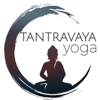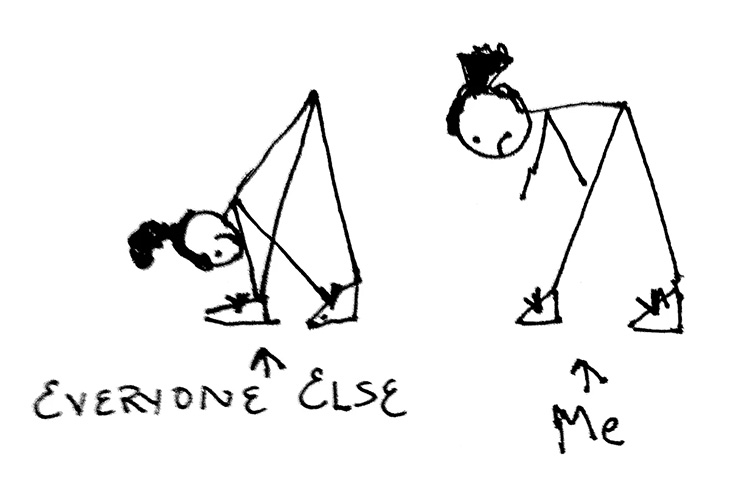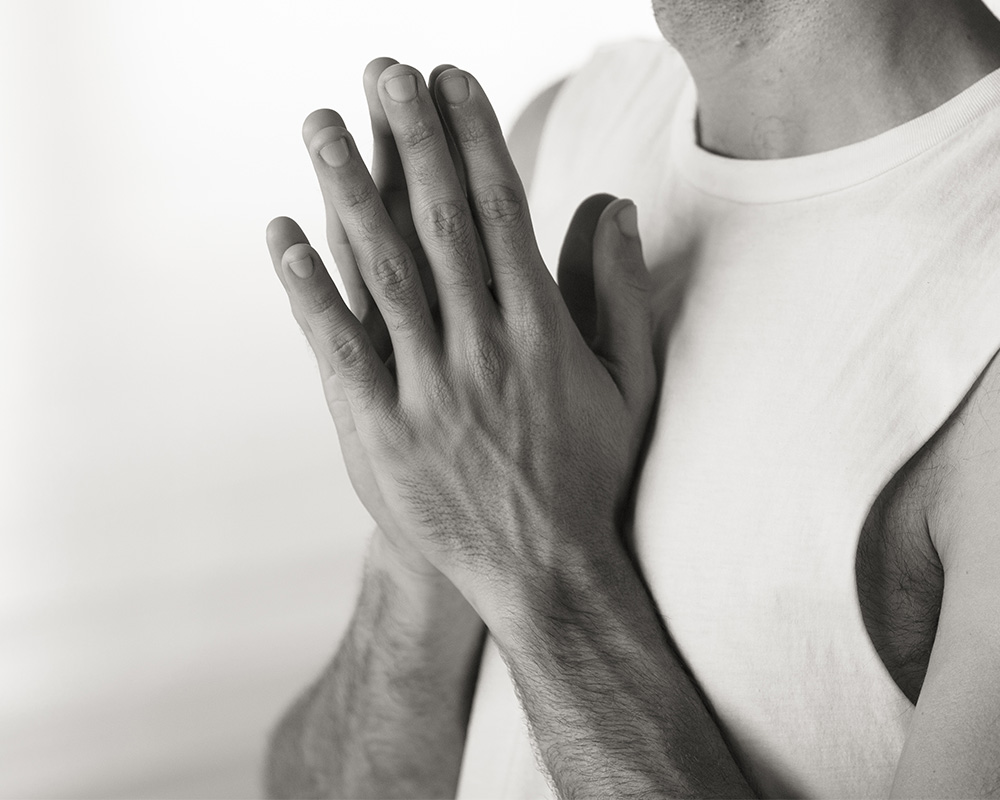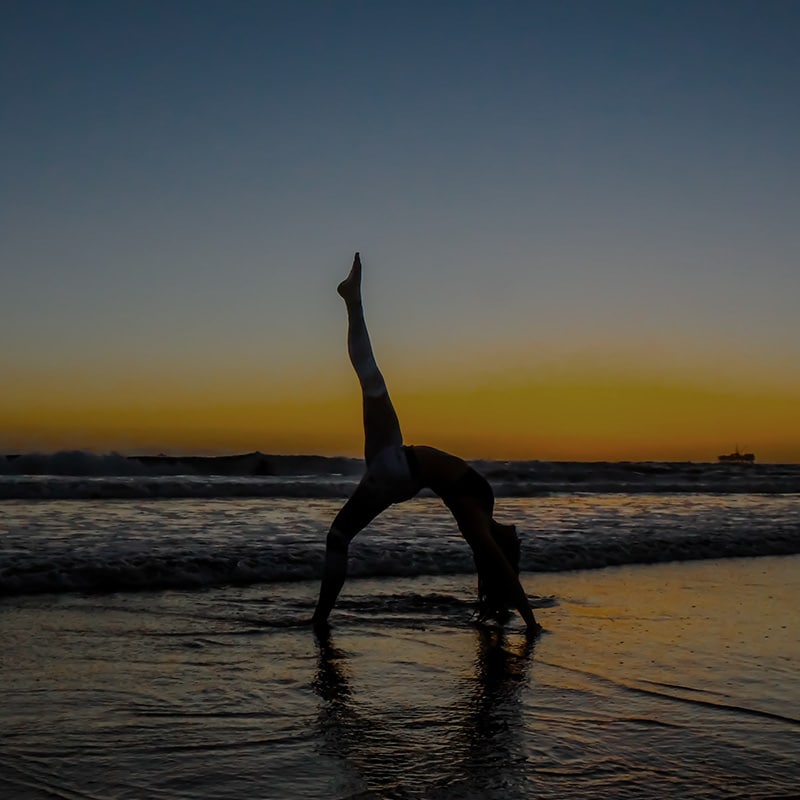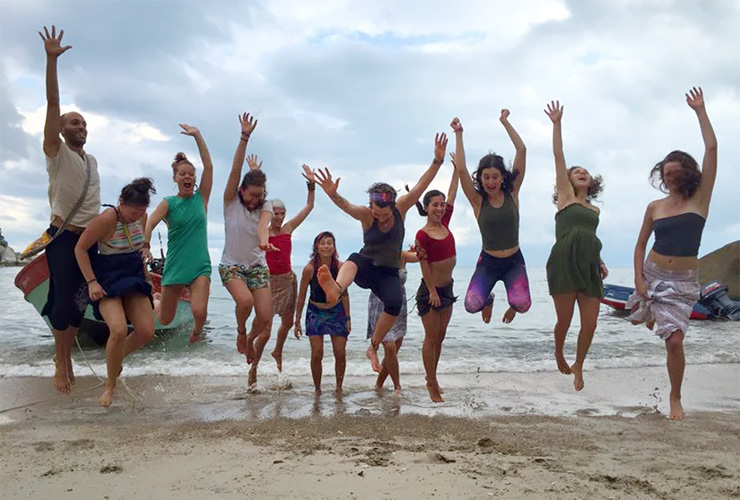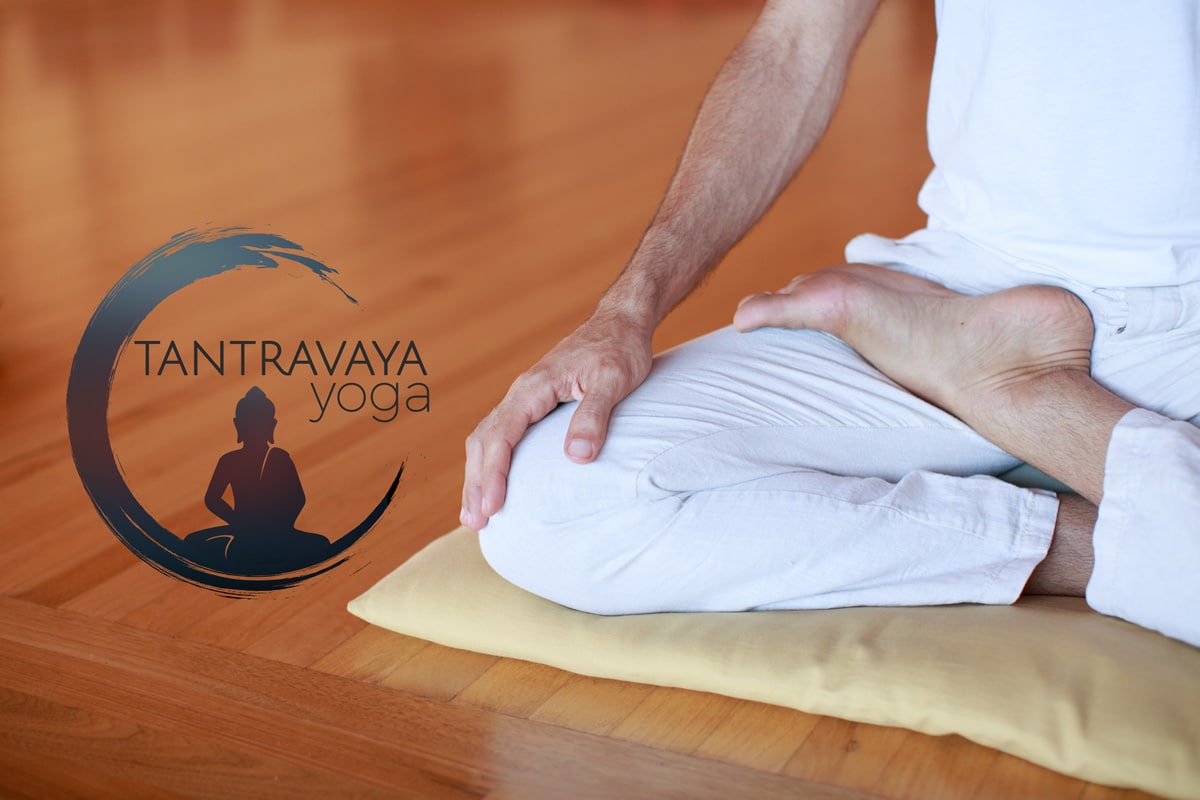Whenever I tell people in the general public that I am a yoga teacher, I normally get one of a few standard responses, like: “right on, dude, I need to do yoga, I gotta stretch and get more flexible,” or my personal favorite: “I can’t touch my toes.” Why people so often feel the need to tell me that they can’t touch their toes is a bit beyond me. Still, I generally respond by saying that I can make them touch their toes, to which they say something like: “sure, if I take your classes for months and pay you a bunch of money, right?” and I reply: “no, I can make you touch your toes right now,” and proceed to shock the poor, usually slightly tipsy party goers with how much a little bit of technique understanding instantly increases their range of motion.
The point is that the perennial assertion that “I gotta stretch and get more flexible,” loathsome to me as it has so often been, is right on. I mean, sure I want to tell them that stretching is the least of our tools, that compression is often superior to stretching, especially when scar tissue is involved, and that strengthening the main antagonists of a chronically tight muscle is usually ultimately the solution. I want to tell them about the stretch reflex, the Golgi tendon organ, and using proprioceptive neuromuscular facilitation between the limbs and the floor (or wall or strap or what have you). I want to tell them about interdependence, and that yoga happens in the resolution of consciousness, and that the mat is our laboratory and testing ground for the qualities and values we profess and seek to put into action in our lives for the benefit of all beings. Yet, instead, I just say: “right on, dude. Let’s get you more flexible.”
As much as I wish that people knew how the work I do as a yoga therapist is so much more capable of keeping them healthy and increasing longevity than all of their HMOs, hospitals and pharmaceuticals, ultimately yoga really is about becoming more flexible. Just not in the way that we usually expect. Sure, tight glutes are a pain in the ass, but not as much as being a tightass. In the end, it is our ability to be flexible with the unpredictability of life, with change as the only constant, that determines how much suffering and how much joy and peace we share while we’re here.
Pema Chodron writes: “what is it that allows our aggression and grasping to decrease, and our love and compassion to open? This is an important question. Traditionally it is said that the root of aggression is ignorance. But what is it that we are ignoring? Stuck in our own personal concerns, what we ignore is our kinship with others. So we train in recognizing our uptightness. We train in seeing that other people are not so different from ourselves.” (The places that Scare You, 32)
So we train in recognizing our uptightness. Whether we do it on the yoga mat, the meditation cushion, or in our daily work and interactions with colleagues, family, friends and strangers, being able to see the ways in which our rigid opinions and attitudes are making life more difficult for ourselves and everyone, is the necessary prerequisite for beginning to cultivate peace in our minds and in the world.
So yeah. Right on, dude. Come get more flexible.
